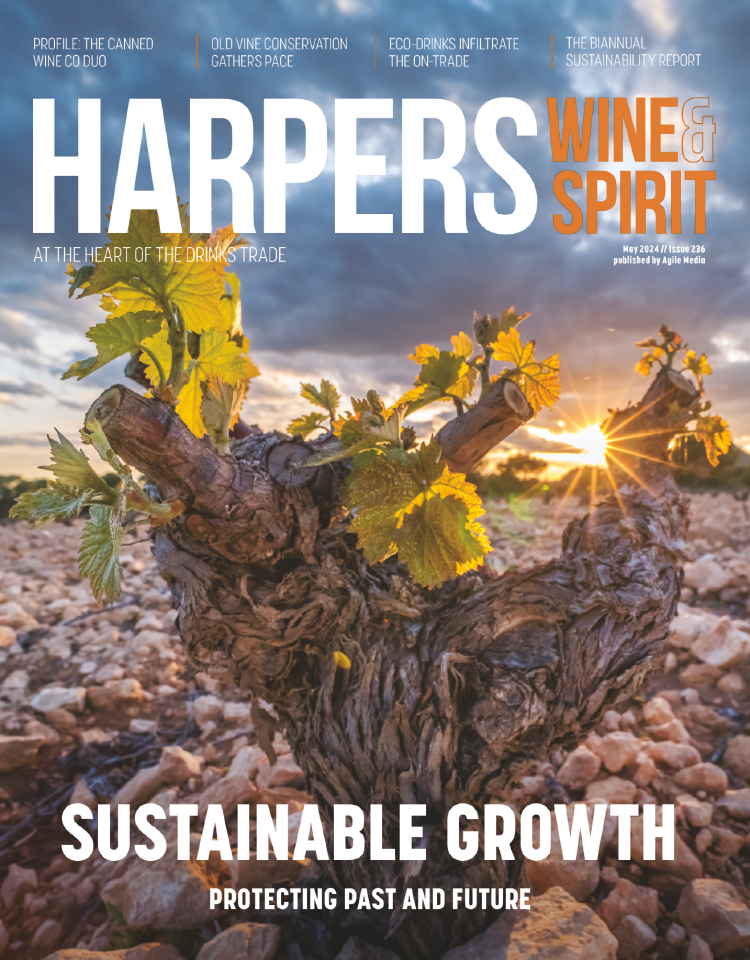Woodwork lessons
Oak's long association with wine is a remarkably enduring one, based on the serendipitous discovery that the two complement each other rather well.
So now we turn to alternatives to barrels: these consist of varying sized bits of oak that are introduced into the wine at different times, most commonly staves, chips or powder. What do these alternatives need to achieve in order to replicate the function of barrels? Intuition suggests that the most important element is the surface area of oak in contact with the wine, because this will determine the extent of the chemical interaction between the two. But as we have seen, the other important physical property of barrels is that they permit a slow, steady exposure of the wine to trace amounts of oxygen.
The traditional view has been that these alternatives rarely work well and are best suited to cheap wines. But this may be changing, and it seems that barrel alternatives are currently gaining popularity with winemakers. The key seems to be subjecting the alternative oak products to the same seasoning process used for top-quality barrel staves. Barrel alternatives are increasingly popular for several reasons,' says Roberta Montero of Bouchard Cooperages in California's Napa. First is price (a no-brainer). Also, the quality has really improved, which affects the integration with the wine. Lastly, they take up less space in a winery and can be stored easily.' Bouchard has been working with French company Arbois, which specialises in barrel alternatives. Montero says, I am constantly amazed at tastings in which I and/or the winemaker can't pick out the Arbois chips versus the new barrel component.' She thinks that the key to this good performance is the proper seasoning of the wood prior to fabrication.
Enrico Bagetta of Arbois clearly believes in his own products, and he doesn't think chips are just for cheap wines. In my opinion, winemakers can - and indeed some do - produce a super-premium wine through the use of oak chips. They can also produce a very mediocre wine through using a barrel, especially a cheaper one.' He continues, cooperage-quality oak, properly air-dried, will structure a wine beautifully, with or without microoxygenation'. Bagetta isn't keen on staves, though, because he thinks that many of the benefits of using alternatives, such as cost and practical ease of implementation, are lost. Besides, staves have a nasty tendency to harden wines even more than do chips or brand new barrels in light or medium toast,' he says.
The use of microoxygenation in combination with barrel alternatives is attracting increasing attention, because in a barrel, the extraction of flavour compounds from the oak is always in combination with the exposure to very tiny amounts of oxygen that the barrel allows. In fact, the use of various oak alternatives at different stages in the fermentation and ageing process, with and without microoxygenation, gives winemakers an enormous range of possibilities for experimentation - it's pretty much uncharted territory. The use of chips or powder also allows winemakers to do things with red wines that aren't possible with barrels: it's not usually possible to ferment reds in barrel - currently the earliest winemakers can transfer wines to barrel is during the final stages of the primary fermentation - but oak alternatives can be used during fermentation with red wines, when it is claimed that they help build structure, fix colour and reduce green notes.
Charlie Tsegeletos, winemaker at Sonoma's Cline Cellars, is a fan of barrel alternatives. We have had excellent results with alternative oak methods,' he reports. Currently, the only alternative we use is tank inserts. We are set up for tank staves within our stainless-steel tanks and it allows us to be very precise in terms of the surface area of the oak that we subject to extraction by the wine. We are using staves from several producers.'
But not all winemakers are convinced. While I have no problems with the use of oak chips and staves on commercial wines, I have always tried to use real oak barrels where possible,' says in-demand consultant winemaker Sam Harrop MW. In future with my consultancy I will avoid chips and staves where at all possible,' he says, noting that there will be some exceptions on the more commercial wines. I am also moving away from oak storage for whites that have not gone through fermentation in barrel,' says Harrop. Wines stored in barrel post-fermentation show a poor integration of oak and are less stable. Obviously this is more difficult to achieve in reds but I have been doing trials on finishing primary fermentation in barrel on Cabernet and Syrah in Southern France and the results are looking good.'
So while barrels - the earliest piece of winemaking technology - are the tried and tested way of bringing up fine wines, it seems that for the adventurous winemaker, oak alternatives in combination with micro-oxygenation promise to be powerful tools in the mastery of the still rather dark art of levage. As the quality of products on offer increases and more data accumulate on their use, it's likely that oak alternatives won't always be seen as a rather devious short cut for dressing up cheap wines, but will increasingly be used for premium wines too.






